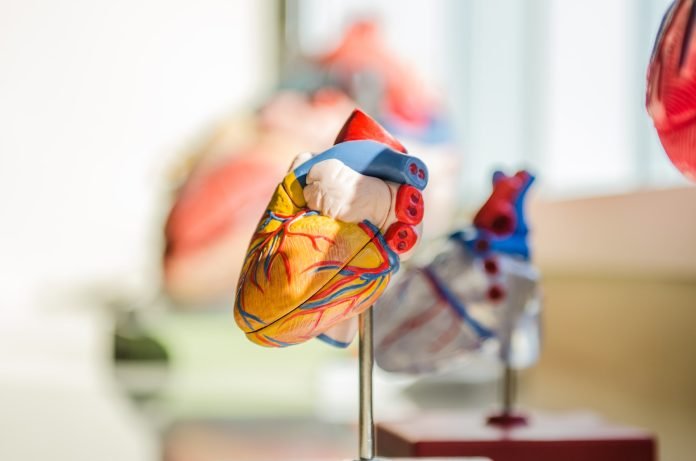
Surgeons at Stanford Medicine have done something amazing – they have transplanted a beating heart!
They used a heart from a donor who had died of a heart attack and they transplanted it into a patient whose heart was failing.
Normally, doctors stop the heart before they transplant it, but this can cause damage to the heart.
The Stanford team had a great idea to keep the heart beating during the transplant to avoid further injury to the organ.
The technique has been used six times by Stanford surgeons since it was first performed in October last year.
Stopping the heart before implantation can damage the heart tissue, so the new technique avoids further injury to the organ.
This is great news for the thousands of people who need heart transplants because it means more hearts will be available.
Usually, hearts for transplant come from people who have died, but if more people donate their organs after they die, more lives can be saved.
This new technique is especially helpful because it allows doctors to use hearts from donors who died from a heart attack, and not just from brain death.
This means there will be more hearts available for transplants.
The patients who have received the transplants are doing well, and the doctors are very excited about this new technique.
It is a big breakthrough and will help more people who need a heart transplant.
The surgeons at Stanford Medicine are hoping to improve this new technique even more in the future, and they are looking into ways of never having to stop the heart, which would be an even bigger breakthrough.
More about heart transplant
A heart transplant is a surgical procedure that involves replacing a diseased or damaged heart with a healthy donor heart.
It is typically performed on patients with end-stage heart failure or other severe heart conditions that cannot be treated with medication or other interventions.
Before a heart transplant can be performed, a suitable donor heart must be found. The donor heart must be a good match for the recipient in terms of blood type, tissue type, and size.
This process can take time, and some patients may wait weeks, months, or even years for a suitable donor heart to become available.
Once a donor’s heart is found, the patient is prepared for surgery. This involves a series of tests and evaluations to ensure that the patient is healthy enough to undergo the procedure.
During the surgery, the patient is placed under general anesthesia, and the surgeon removes the diseased or damaged heart and replaces it with a healthy donor heart.
The new heart is then connected to the patient’s blood vessels and electrical system.
After the surgery, the patient will be closely monitored in the hospital for several days or weeks.
They will be given medications to prevent rejection of the new heart, as the body’s immune system may recognize the new heart as a foreign object and try to attack it.
Recovery from a heart transplant can be a long process, and patients may need to make significant lifestyle changes to ensure the long-term health of the new heart.
This can include taking medication, following a special diet, and participating in cardiac rehabilitation programs.
Overall, heart transplants are considered to be a safe and effective treatment option for patients with severe heart conditions.
However, the success of the procedure depends on many factors, including the patient’s overall health, the quality of the donor heart, and the patient’s adherence to post-transplant care.
If you care about heart health, please read studies that yogurt may help lower the death risks in heart disease, and thyroid hormone treatment may raise death risk in heart disease.
For more information about health, please see recent studies that Vitamin D deficiency can increase heart disease risk, and results showing vitamin B6 linked to lower death risk in heart disease.
The study was conducted by Aravind Krishnan et al and published in JTCVS Techniques.
Copyright © 2023 Knowridge Science Report. All rights reserved.



